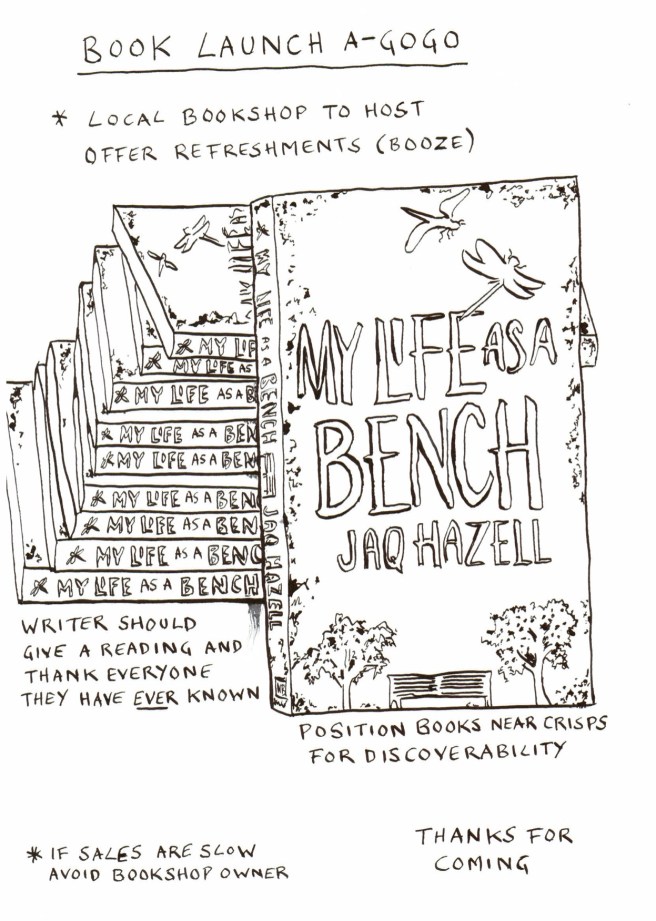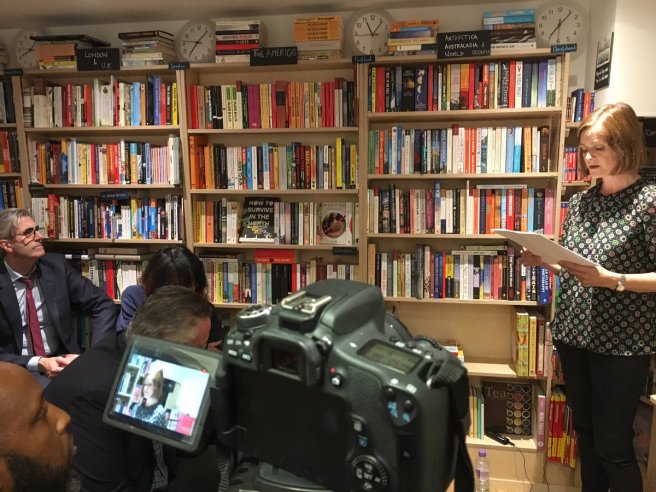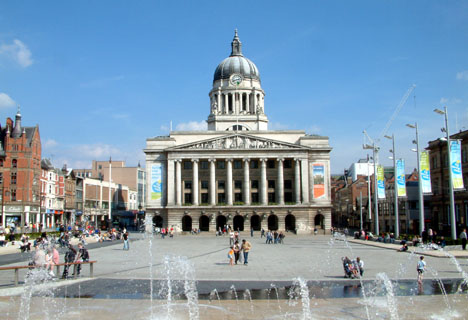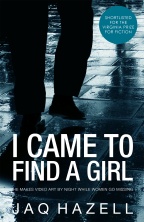
My new novel, My Life as a Bench, is out today. I’ve opted for a virtual book launch rather than the proper let’s-drink-at-our-local-bookshop variety.
My Life as a Bench is available from Amazon UK and Amazon US etc.
#onwriting

Recently I read the first chapter of my upcoming novel, MY LIFE AS A BENCH, at literary event Novel London.
Novel London, founded by novelist Safeena Chaudhry, fills a gap in London’s literary scene by providing a platform for emerging authors to read from their latest works. These readings are filmed and can be viewed on YouTube and the Novel London website.
 If you’re a novelist and would like to get involved Novel London is open for submissions.
If you’re a novelist and would like to get involved Novel London is open for submissions.
For free tickets to the next event check out the Novel London website.

Nottingham, London and Lee-on-Solent – three places that are unlikely to have featured in the same novel, until now that is.
I Came to Find a Girl is a psychological thriller set in Nottingham (with the odd excursion to the South Coast and a London finale), in which young artist Mia Jackson looks back on her recent past.
While studying art in Nottingham Mia meets famous artist Jack Flood, a man who compulsively films everything he sees. After a date that takes a twisted turn, there follows a battle of wills as they both try to gain the upper hand.
The story plays out in a climate of fear. Women are going missing and the culprit is yet to be caught.
Why Nottingham? Could the story have taken place elsewhere?
‘Write what you know’ is a quote frequently repeated, and all the locations I’ve used are places I know well. Nottingham was where I spent three years studying textile design and so it made sense to use my experience of student life as the backdrop to the trials that face my protagonist Mia Jackson.
Write what you know, but also write to find out what you really think. Novels can evolve from a single image, or an unshakeable idea, or perhaps a short story that demands more attention and development.
For me, there was a desire to revisit Nottingham by night – its buzzy club scene, and its contrasting edgier side. And at the same time, I was thinking about the naivety of youth and what if, against your better judgement, you find yourself alone with someone you know little about?
‘One place comprehended can make us understand other places better. Sense of place gives equilibrium, extended, it is sense of direction too,’ Eudora Welty states in On Writing.
Nottingham is integral to this novel. It’s a dark portrait of a city I love. There’s no room for Robin Hood, but it does play on Nottingham’s reputation for violent crime – where better to set a suspenseful, psychological whodunit?

For Amazon UK click here.
For Amazon US click here.
Also available in paperback and from Kobo / Barnes & Noble / Smashwords
Photo: Nottingham Council & Old Market Square by Ray Teece
Most writers have to supplement their income from time to time. My working life started at Buckingham Palace but it wasn’t an altogether pleasant experience. You can read about it on the excellent book review website Literogo.
A well designed book cover will certainly improve a book’s chances in today’s crowded market, so what are the secrets of successful book cover design?
At the recent London Book Fair I attended a talk by Damian Horner, brand development director at Hachette, and this is a brief summary of his advice for authors:
1 Membership – look at the genre rules for book covers and ask, am I a member of that group?
2 Lust Factor – you have to look at it and love it. Does it stand out? If it’s fresh, you’ll look again.
3 Blink Test – is there one stand out thing that people will take away if they look quickly?
4 Title – Important for search engine optimisation and for design. Is your title strong and memorable?
 5 Straplines – these can explain the title but they can be messy and are not always necessary.
5 Straplines – these can explain the title but they can be messy and are not always necessary.
6 Retailer – think about how the thumbnail sized version works, important for Amazon etc, and also think of how your book will sit spine out in a bookshop such as Waterstones.
7 Hierarchy – Title or author? It’s best to choose one or the other.
GOLDEN RULE – BE CLEAR BEFORE YOU’RE CLEVER
With all this in mind I got to work on my cover for LONDON TSUNAMI & OTHER STORIES which is a collection of 21 contemporary stories set in London.
After initially going in the wrong direction with several ideas (including a linocut that took me at least a week), I settled on a photograph of some flats that I have been fascinated by for years. By day the building looks drab while by night it’s transformed by its central pillar of glowing windows. There are so many different and equally vibrant lives being lived in that one building and my collection is a bit like that – 21 stories of different people, of different ages, leading different lives in west London.